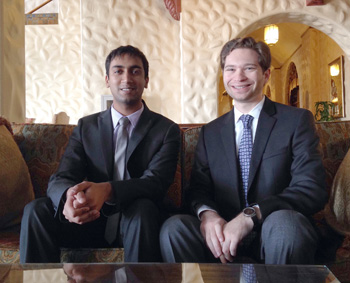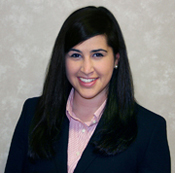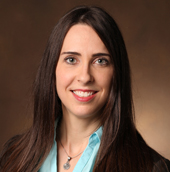Two Vanderbilt University School of Medicine (VUSM) students were awarded the prize for the best proposal on how to transform medical education during the American Medical Association (AMA) Spring 2016 Consortium Meeting this week.

The AMA Medical Education Innovation Challenge is part of the Accelerating Change in Medical Education initiative — a collaborative effort to create the medical school of the future.
In 2013, Vanderbilt, along with 10 other medical schools, was selected to receive a $1 million grant over a five-year period to identify and disseminate best practices in medical education across the country.
The resulting award-winning proposal — “In search of a ‘Muse’: creating an open, national exchange for the advancement of medical education” — was submitted by second-year student Amol Utrankar and fourth-year student Jared Shenson. It described a system created by an alliance of medical schools in which educational resources would be freely shared in an effort to facilitate an environment of active learning.
“Right now, medical education is hampered by fragmented and outdated curriculums,” said Utrankar. “There are more than 140 medical schools. Each institution develops its own teaching curriculum on the exact same topics. This creates redundancies and silos.
“Much of medical education remains dependent on passive learning approaches such as lectures or self-directed reading, creating another critical limitation of medical education — non-participatory and passive.
“If you look at the way medical students learn today, they don’t just use content from their own lectures from their own schools,” said Utrankar. “Instead they find slides, or use YouTube. They are constantly supplementing learning from the Web and other institutions. Students are already ahead of the curve.”
Muse would create a repository of content, serving as a medical education resource with a threefold mission: one part information repository, one part social network and one part learning management system. It would serve as a network where medical schools could publish curricular content for students to access, including a syllabi, lesson plans, learning objectives, instructional materials (along with multi-media resources), reference notes or texts and assessment items. Muse can be found here.
Utrankar said Muse would be interactive and immediate and fit seamlessly into the digital age.
Bonnie Miller, M.D., associate vice chancellor for Health Affairs and senior associate dean for Health Sciences Education, said she is proud of both students’ creativity and vision.
“Amol and Jared have described a collaborative, distributed and adaptive network for medical education that uses crowd-sourcing principles to provide the highest quality and most current educational materials to all schools who participate,” Miller said. “This allows faculty to focus on developing active learning formats that utilize these materials.”















